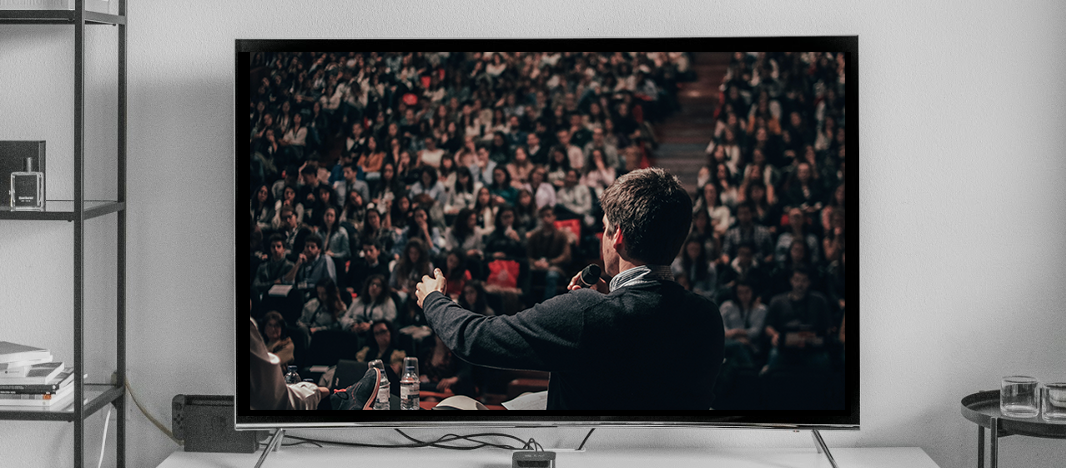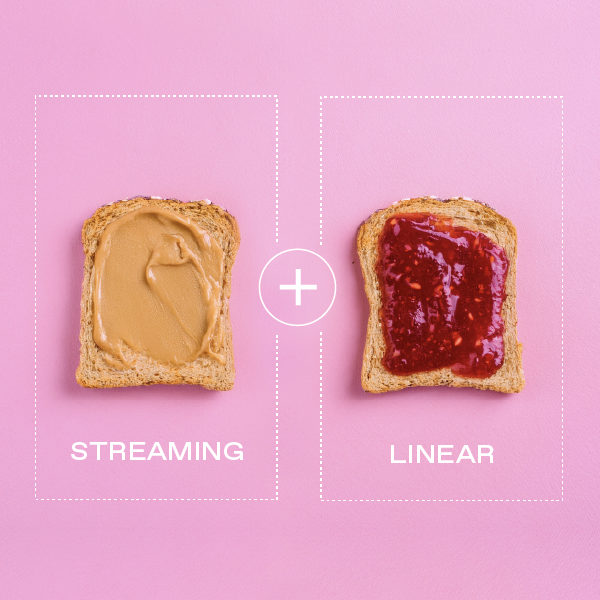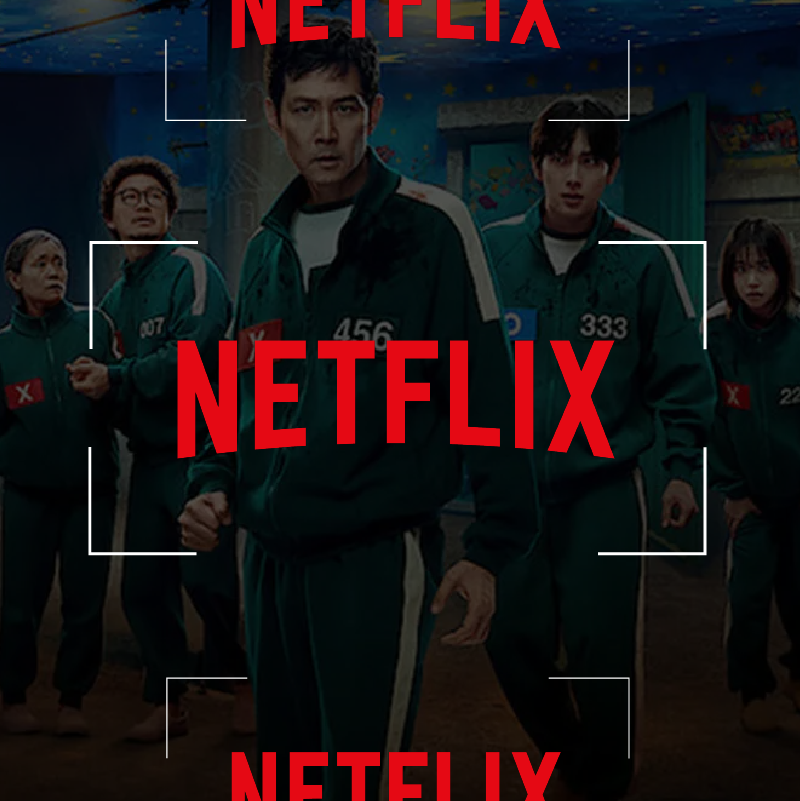
How Brands Can Prepare for the 2020 Election Cycle
A version of this article was also featured on AdExchanger.
With the 2020 presidential election only a few months away, it is time for advertisers to take stock, and bake the usual inventory tightness into their media plans. This election cycle, however, may prove to be especially tricky given the unprecedented conditions due to the COVID-19 outbreak. At Tatari, we suggest a little extra planning to be prepared.
Political TV spend is big, and COVID-19 is unlikely to change this.
Political TV spending in 2020 will hit an all-time high. According to research company eMarketer, $4.55 billion will be spent this cycle, representing an 82% increase over 2016. TV is also the marketing channel of choice for political advertisers, soaking up 66% of their total advertising budget.
Furthermore, history tells us that political advertising spend will not be negatively impacted by the economic downturn. In the most recent recession coinciding with the 2008 election cycle, campaign contributions and expenditures set new records jumping about 40% from 2004.
In short, this Emarketer forecast has a good chance of materializing, and we should expect political TV spend to substantially surpass previous high levels.
The media markets, however, remain in upheaval.
At a high-level, we see various (tectonic-like) forces pulling the market in unknown directions. This has been well-covered in the press, and we summarize as follows:
Lack of programming. The Olympics are pushed back to 2021, sports leagues either shortened the season or have postponed their start, and as the lockdown lasts, it won’t be long before we start running out of (new) shows. Content is king, and for publishers and networks, that means there are less highly desirable programs to sell. To complicate things further, viewership is up significantly during Shelter-In-Place (or: there’s no lack of ready viewers).
No guaranteed buys. More than $20 billion (or 30% of the available) TV inventory is typically sold through an annual “upfront” process. Negotiations between advertiser and networks take place in Spring & Summer, for the upcoming fourth quarter. This upfront process did not really take place in 2020 (or at least not as usually the case), so we’re heading into Q4 with much less inventory pre-sold. For networks, this is outright frightening (and financially tricky because it is the upfront dollars that allow them to produce new shows). Worse, many advertisers held, and exercised, cancellations clauses that allowed them to bail out (partially or completely) of their Q3 2020 commitments (negotiated in Spring of 2019).
Advertisers pulling out. Companies hit the worst by COVID-19 (e.g. travel and hospitality) have cut spend. Networks need to find new buyers.
All the above suggests that, unlike other years, the TV market should have little difficulty digesting additional dollars from electoral campaigns. There’s a wrinkle, though: political TV dollars are predominantly spent locally, with emphasis on the battleground states Arizona, Florida, Maine, Michigan, Minnesota, New Hampshire, North Carolina, Pennsylvania, and Wisconsin.
So what should TV advertisers expect, and how can they plan for it?
Plan your local buys early (like today). Painful as it is, local TV networks are hurting the most right now. For local advertisers in battleground stakes, Tatari therefore recommends securing local inventory today (or: do your own local upfront with broadcasters and cable providers), including securing guaranteed impressions deals. Note that upfront doesn’t mean a total “100% committed”; there is always a great deal of flexibility to be negotiated (e.g. ability to cancel within x weeks, etc).
We believe this is particularly the case for news programming and streaming inventory:
News content. Americans love their news, and we’re not seeing much change in this. If news programming is your bread and butter, act even more ferociously.
Streaming. Political advertisers will want to hyper-geo target their campaigns (at ZIP code level if possible). Streaming leans into this much better than cable and broadcast, and more than ever, we expect political dollars to flow into local streaming. The fact that COVID-19 has given connected TV some major tailwind (i.e. significantly increased viewership) will further encourage political advertisers to invest in streaming. We therefore recommend locking in local pricing, or perhaps try something new like establishing a fixed mark-up for geo-targeting (e.g. +$2 CPM).
Diversify away from programmatic streaming. We expect political advertisers to embrace programmatic streaming (i.e. targeting very defined audiences across multiple publishers). With the potential of excess demand, it may be tricky to drive sufficient impressions later this year (or auctions might clear at higher pricing). For advertisers currently running smaller programmatic streaming campaigns, now is the time to start testing broader and national audiences (and if anything, use the current market instability to drive reach and awareness).
For everything else: wait and see (for now). For national cable and broadcast inventory (apart from news programming - see above) waiting makes sense since future spot rates have a probability of being lower, especially if a predicted second wave of COVID-19 comes in the Fall. As outlined above, the impact from COVID-19 on the media market isn’t going away overnight, and for less contentious markets and entertainment networks, flexibility is a plus. We will soon write more about how to navigate upfronts, and what actions a “wait and see” approach paradoxically entails.

Matt Giannetti
I’m the Head of Platform Solutions at Tatari and I’ve been an aspiring chess master even before The Queens Gambit.
Related
Why Linear + Streaming Work Better Together
When one advertiser shifted from a dual-channel TV strategy to streaming-only, performance quickly declined. See what happened when they turned linear back on.
Read more
What Marketers Should Know About Netflix Advertising (Before You Buy)
Netflix has officially entered the ad game—and with its unmatched viewership and new live sports deals, it's changing the rules. Discover what this means for your brand, and how to tap into premium audiences without wasting your media dollars.
Read more
Conversations on the Croisette: Tatari Explores the Future of TV Media Buying at Cannes
Speaking at this year’s Cannes Lions, Tatari took the stage to show that performance TV can be both measurable and creative—all while leveraging AI to plan smarter and drive stronger results.
Read more


